Flannel Bush Care – How To Grow A Flannel Bush Plant
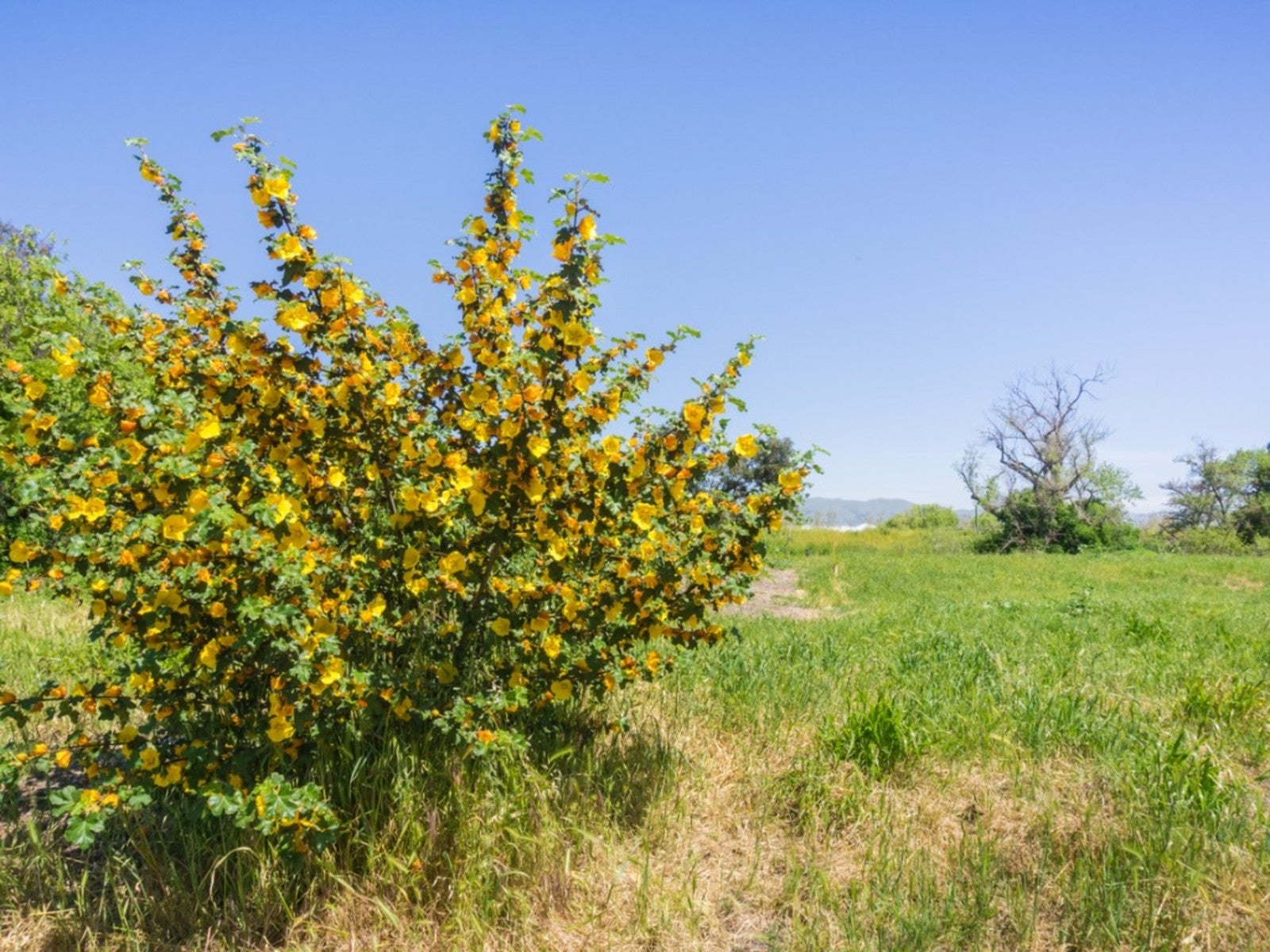

California flannel bush is a large shrub or small shrubby tree native to the state of California. It is hardy in USDA zones 8 through 10 but has some particular growing needs and quirky requirements. Make sure you have the right conditions and environment for growing flannel bush, and it will reward you with quick growth and beautiful spring flowers.
What is a Flannel Bush?
Flannel bush (Fremontodendron californicum) is a large shrub that can grow up to 20 feet (6 m.) tall and 12 feet (4 m.) wide. This growth comes within five years of planting, if you give it the best conditions. However, flannel bush is also short lived compared to other shrubs.
A flowering broadleaf evergreen, flannel bush produces large and sunny yellow blooms in the spring. The leaves give this plant its name and are fuzzy, like flannel. Just be careful when handling them. These soft looking leaves can actually irritate the skin and eyes. The little hairs can also stick in clothing, so avoid placing the shrubs in areas where people will be walking close to it.
How to Grow a Flannel Bush
Good flannel bush care begins with situating it in the right environment. Native to the foothills of California’s Central Valley and San Francisco Bay area, the native ecosystem for flannel bush is dry and warm, much like a Mediterranean climate. It also prefers growing in sandy soils and is very sensitive to excess moisture.
Grow flannel bush in a sunny spot with sandy soil. You can amend the soil in the area by adding sand. The soil does not need to be very fertile, but it must drain extremely well. Standing water can quickly kill the bush. One quirk of flannel bush is that any watering in the summer months can kill it. Yet it still needs access to water, so plant it about ten feet (3 m.) from a creek or other moist area of the landscape.
Pruning flannel bush is important if you want to keep it smaller in size. It will tolerate regular pruning throughout the year. Wear long gloves to avoid irritation from the leaves. While your shrub is still young and small you may need to stake it as the root system spreads wide but is shallow. A big wind can easily uproot young bushes.
Gardening tips, videos, info and more delivered right to your inbox!
Sign up for the Gardening Know How newsletter today and receive a free copy of our e-book "How to Grow Delicious Tomatoes".

Mary Ellen Ellis has been gardening for over 20 years. With degrees in Chemistry and Biology, Mary Ellen's specialties are flowers, native plants, and herbs.
-
 8 Perfect Flowers To Plant With Tomatoes To Boost Yields & Banish Pests
8 Perfect Flowers To Plant With Tomatoes To Boost Yields & Banish PestsDon’t forget flowers when choosing companion plants for your tomato beds or pots. These pretty, fragrant blooms add beauty but are also highly beneficial.
By Mary Ellen Ellis
-
 Want The Longest Lasting Hydrangea Flowers? Grow These 8 Panicle Hydrangea Varieties
Want The Longest Lasting Hydrangea Flowers? Grow These 8 Panicle Hydrangea VarietiesFor ornamental shrubs that deliver the longest flowering seasons with plush blooms and delicate hues, these panicle hydrangea varieties are essential in your yard
By Tonya Barnett
-
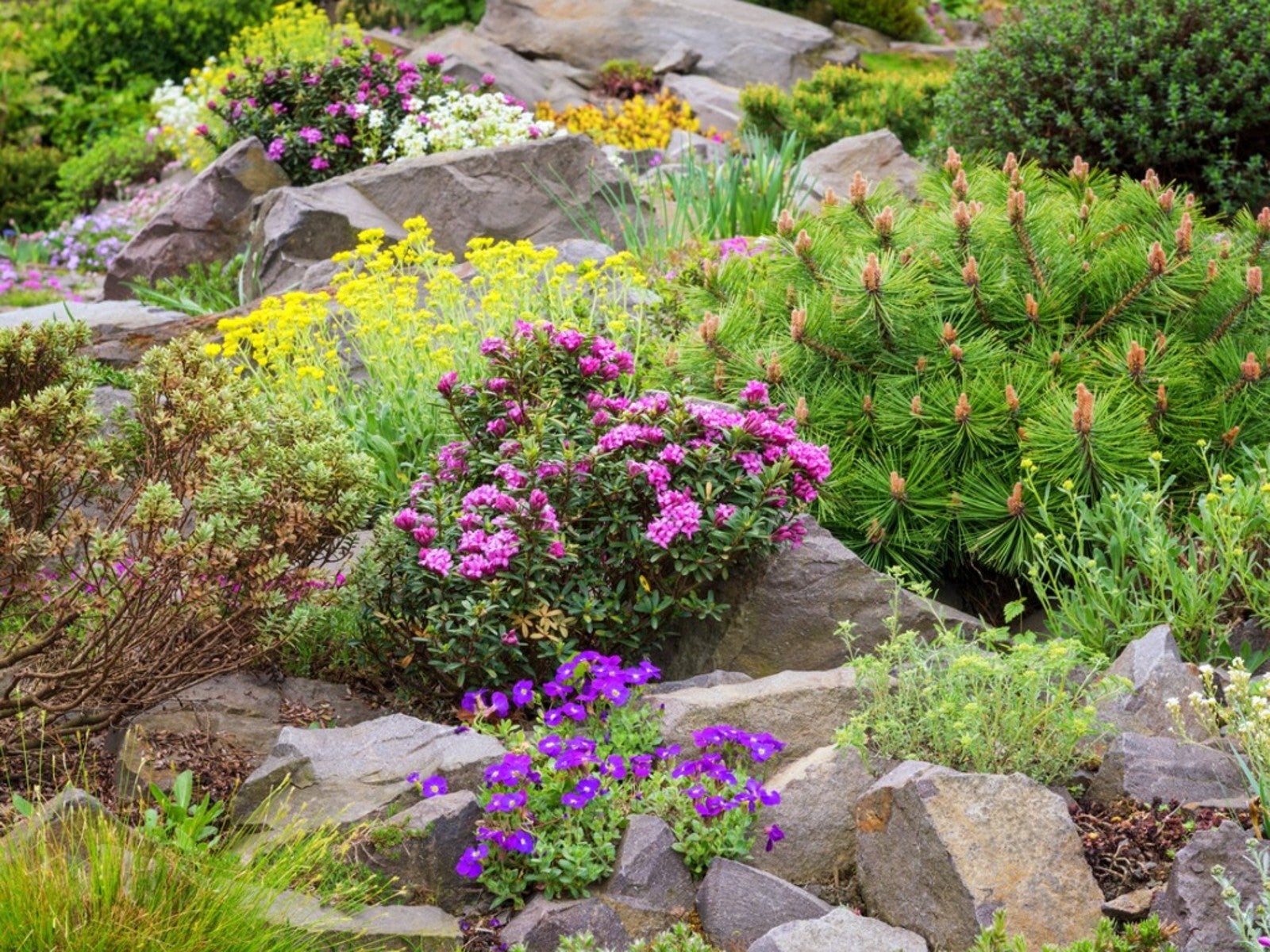 Best Short Bushes For Erosion Control
Best Short Bushes For Erosion ControlErosion is a serious problem that can be solved with the right plants. Read about some low-growing shrubs that can help with erosion control.
By Bonnie L. Grant
-
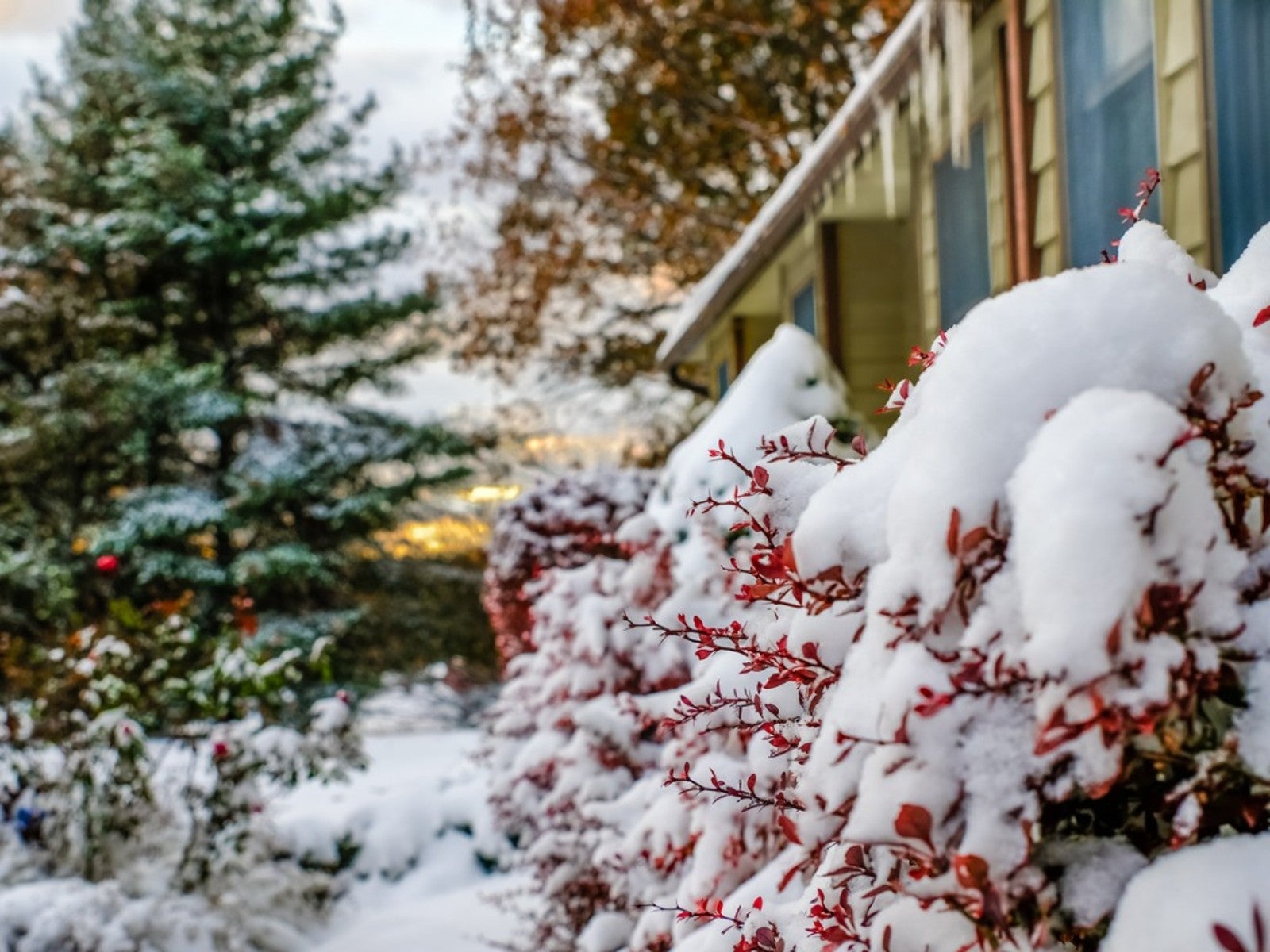 Super Hardy Shrubs And Trees For Northern Climates
Super Hardy Shrubs And Trees For Northern ClimatesWhat are the most cold hardy shrubs and trees for northern climates? Click here to find out.
By Teo Spengler
-
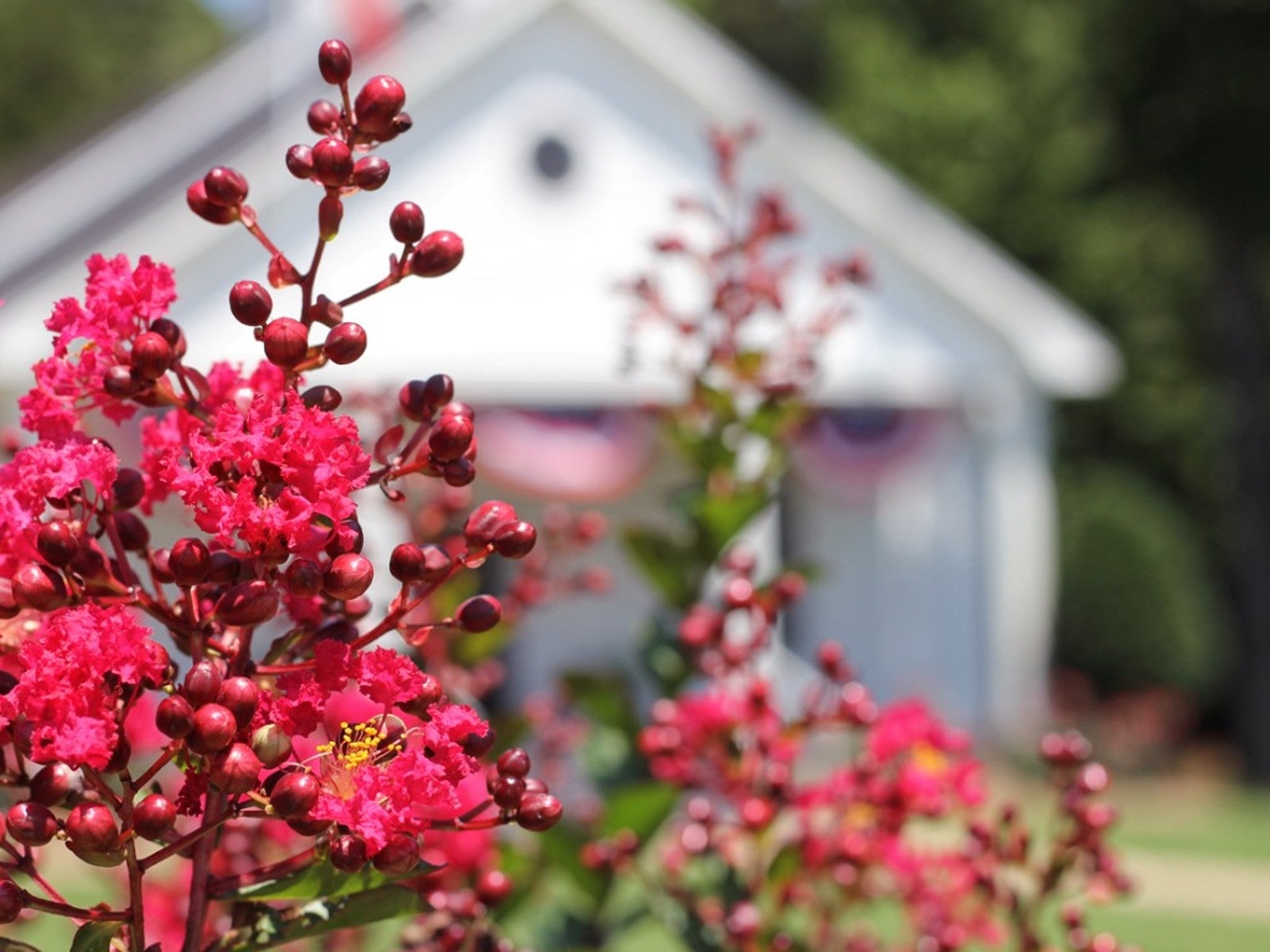 Flowering Shrubs That Like Full Sun And Heat
Flowering Shrubs That Like Full Sun And HeatSome types of flowering shrubs love full sun and summer heat. Read on for full sun shrub suggestions.
By Teo Spengler
-
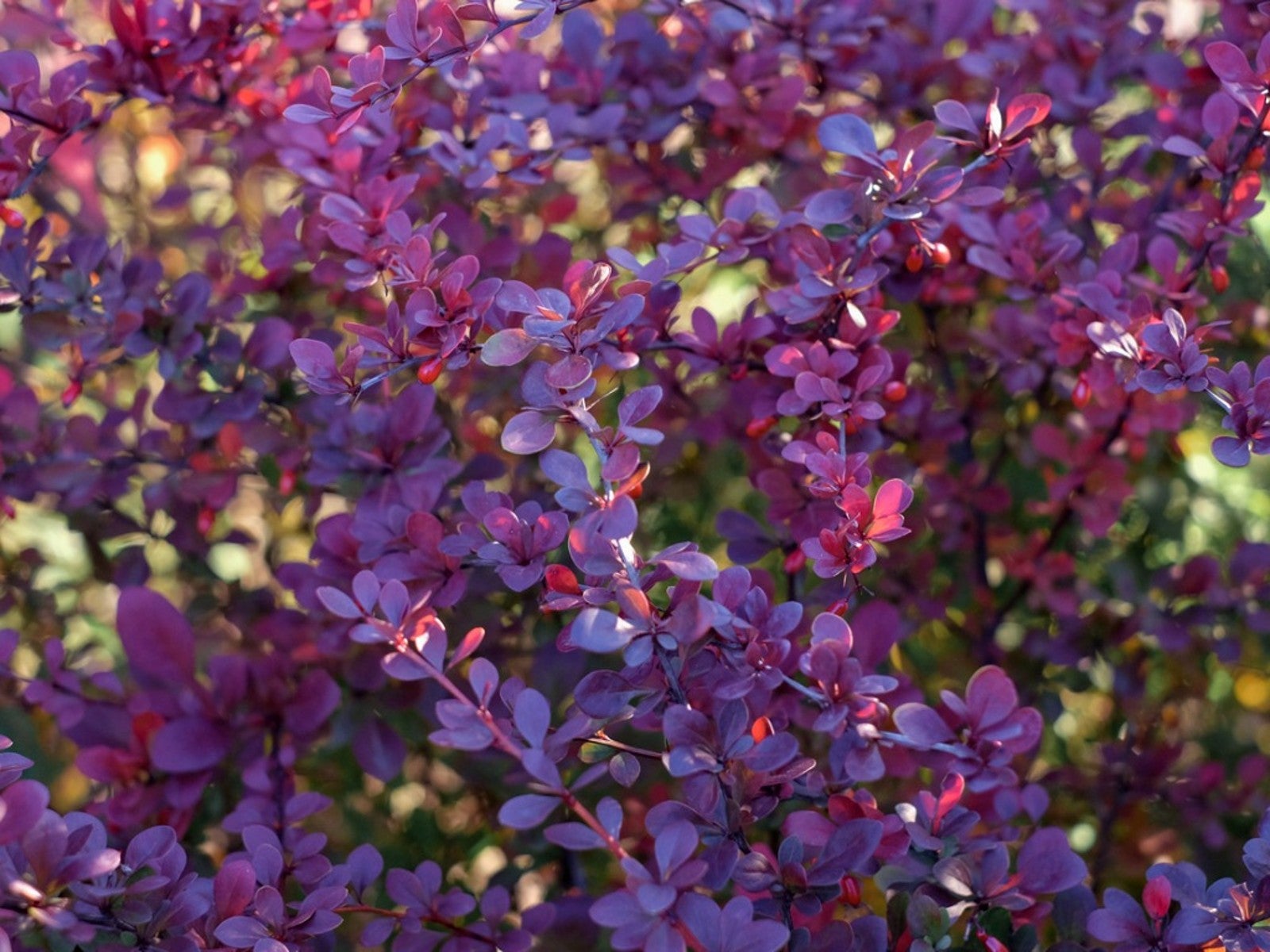 Types Of Shrubs With Purple Leaves
Types Of Shrubs With Purple LeavesIn a garden full of greens and pastels, many gardeners use purple bushes and shrubs for a touch of drama. Here are our favorites.
By Teo Spengler
-
 Flowering Shrubs That Are Deer Resistant
Flowering Shrubs That Are Deer ResistantThere is almost nothing a deer will not eat if it is hungry enough, but some plants are better than others. Read on for information on flowering deer resistant shrubs.
By Teo Spengler
-
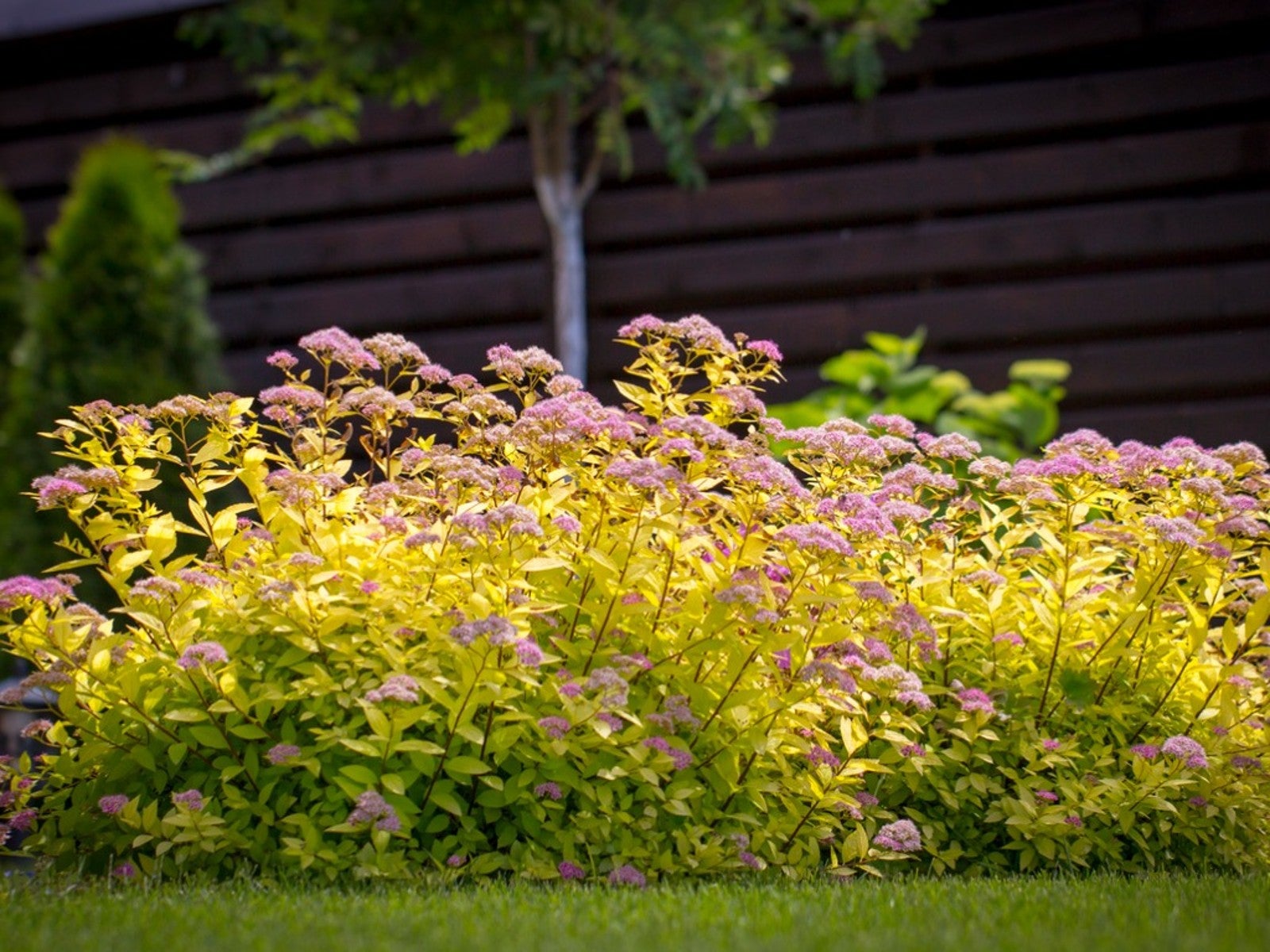 Blooming Invasive Bushes To Avoid
Blooming Invasive Bushes To AvoidWhen it comes to pretty flowers on honeysuckle, scotch broom, and butterfly bush, invasiveness hasn’t always mattered. Today, gardeners know better.
By Mary Ellen Ellis
-
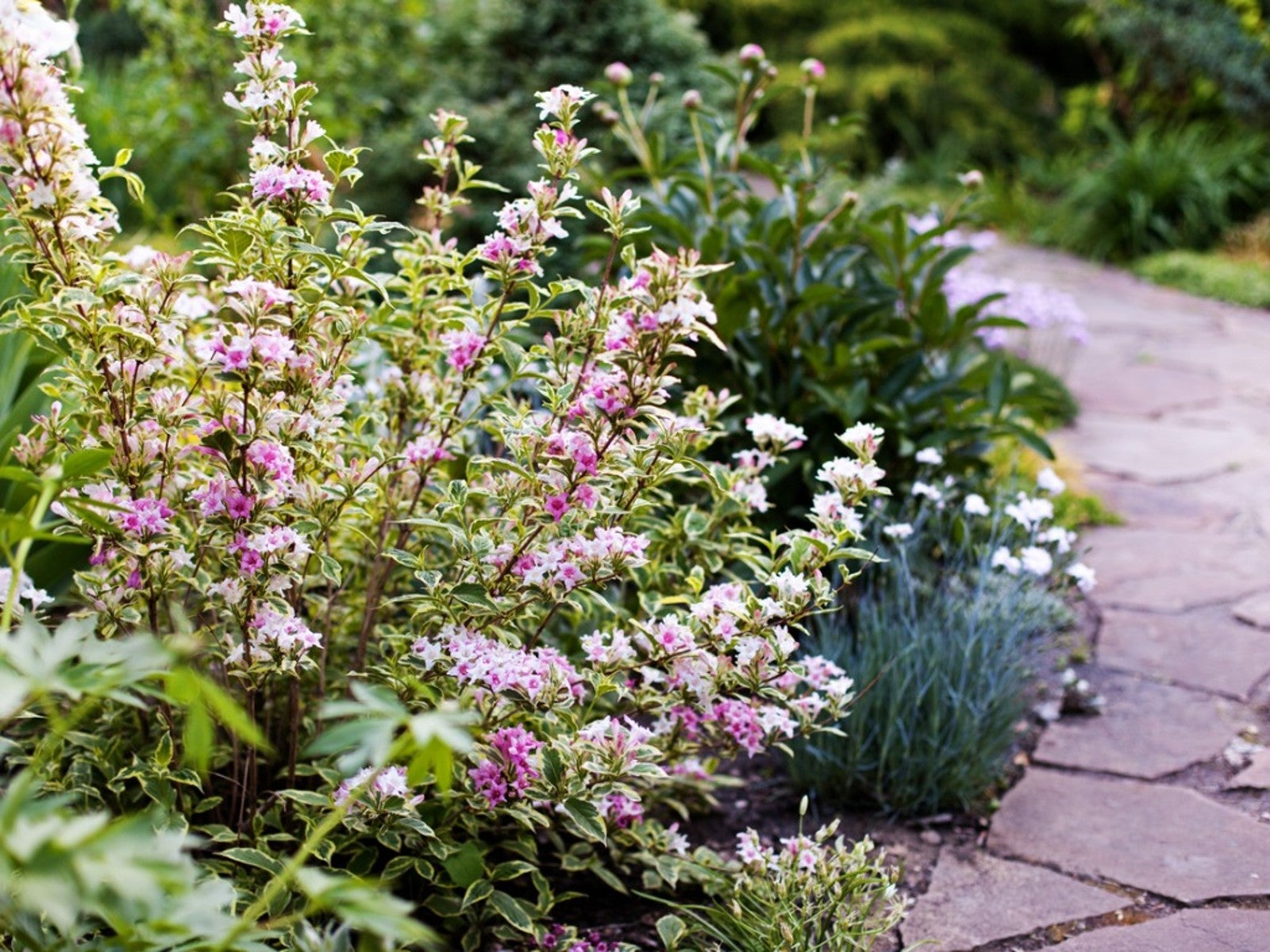 Easy To Care For Flowering Bushes
Easy To Care For Flowering BushesFlowering shrubs are a joy in the landscape, but many gardeners worry about maintenance. Read on for ideas on easy care flowering bushes.
By Teo Spengler
-
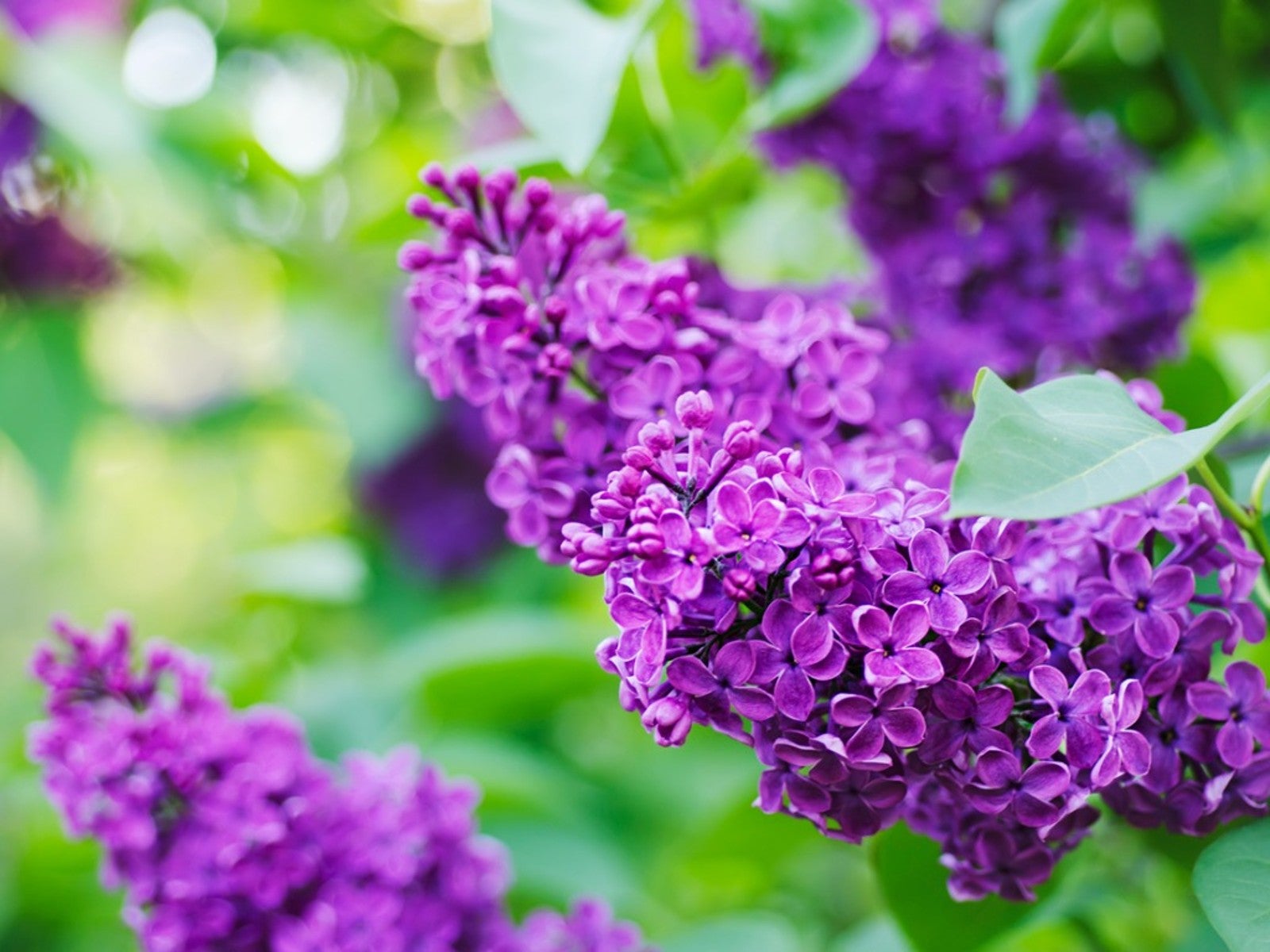 Pretty Purple Flowering Shrubs
Pretty Purple Flowering ShrubsAll flowering shrubs add interest and color to the garden, so why not pick purple? Here are our top recommendations.
By Teo Spengler